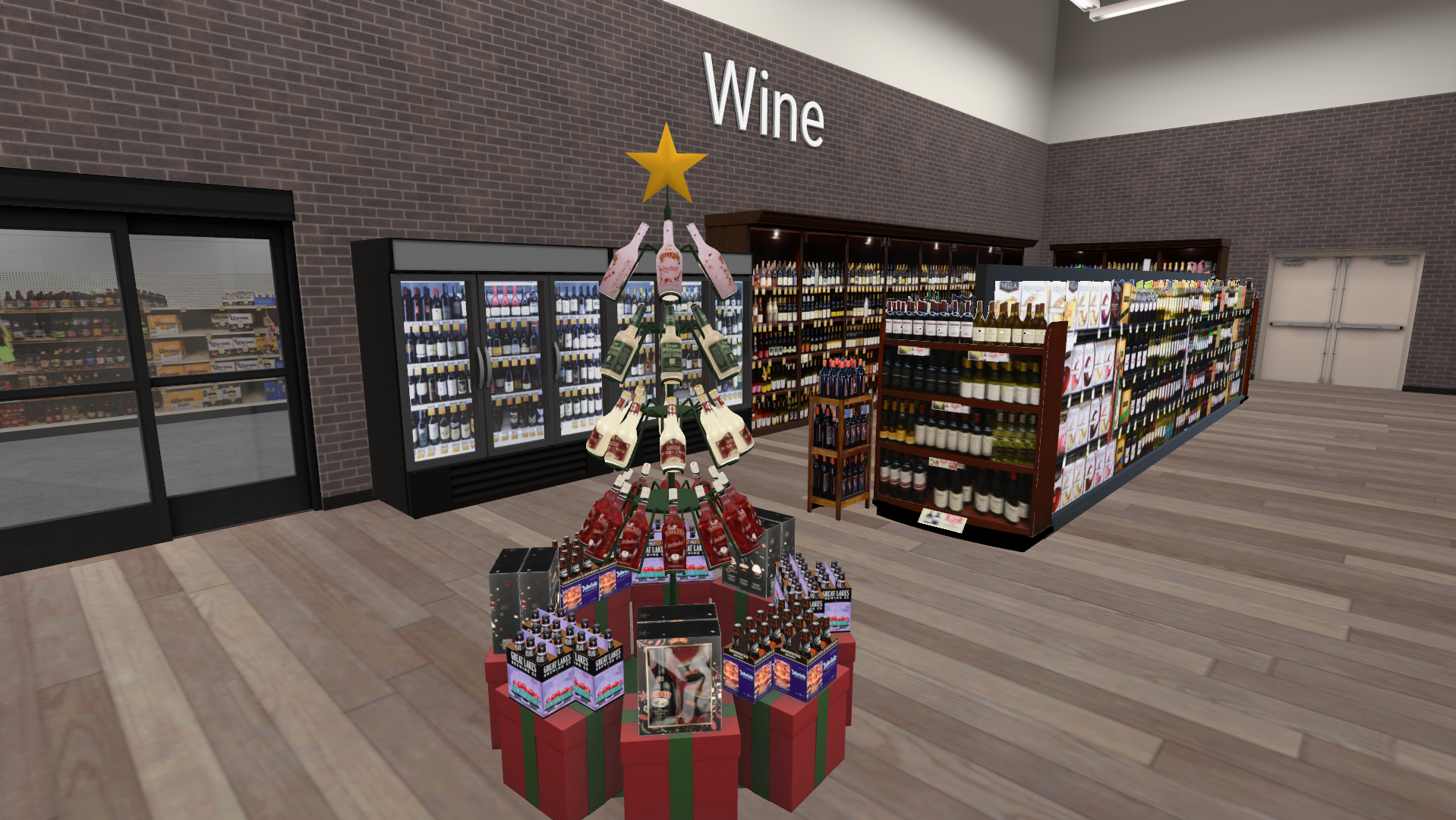Creating, evaluating and implementing a new in-store concept is an intricate process, and for good reason: the right changes will result in more awareness or sales, but the wrong changes can be costly. Luckily, new technologies are making that process faster and easier for everyone involved. In an industry that has historically shied away from change and innovation, the retail space has finally started to embrace the digital age.
For sales teams, specifically, virtual simulation technology is making it much easier to gain buy-in from retailers on new products or concepts. Think about the challenge sales teams face: they have to assure retailers that the newly-proposed idea makes sense from not only a dollars standpoint, but that it will better engage and attract customers. And they have to have confidence that their category management and insights teams are providing them with the best recommendations. Virtual simulations, like we provide with our enterprise platform, ShopperMX™, give forward-thinking brands the tools sales teams need to bring retailers on board with new concepts.
Reason #1: Present with validated, shopper-approved data
Product launches or new shelf or category arrangements can be costly and require proven success to continue expansion. If you can demonstrate that your brand’s new idea will be a hit with a particular retailer’s shoppers, that retailer would be hard pressed to turn you down. So when category, shopper marketing and insights teams are already using virtual solutions to iterate and evaluate new concepts, it means you’re armed with behavioral and attitudinal data to back up your recommendation.
For example, one brand turned to InContext to identify the optimal placement for a new product introduction and build a compelling sales story for the client’s retail partners. By leveraging ShopperMX to generate in-depth insights and analytics around the best placement recommendation, the manufacturer was able to win 100% distribution among their top customers.
With traditional methods, new concepts are not always tested or validated—they may be based on historical data or purchase intent surveys. With virtually-tested concepts, sales teams can be confident that their suggestions are substantiated—giving the retailer confidence as well.
Reason #2: Create excitement and understanding
Virtual reality is inherently customizable. A new in-store concept can be designed in virtual to live within the context of any retail store, giving decisions makers an accurate picture of it would look in the real world. It provides a level of understanding and awareness that PowerPoint slides cannot.
Plus, using virtual simulations and images allows your audience to become immersed in the concept. They are able to virtually walk through their own store, see the concept in 3D, interact with products, and get a feel for how it would look for a shopper. Not only is this a fun way to drum up excitement, it allows the retailer to become more involved in the process.
In one example, the sales leadership team for a leading manufacturer was looking to improve sell-in by providing customer-facing materials which integrate the visuals, insight around performance and optimal placement for new concepts. Field teams leveraged ShopperMX on mobile devices to access videos and images of the concepts while in the store, to aid in presentations, discussion, sales and execution. Using immersive visuals increased store sell-in by 19% over a one year period.
Embracing new technologies, like mixed reality, allows sales teams to present a holistic picture of a new winning concept with hyper-realistic simulations—allowing the retailer to become more engaged in the process, and remember you for next time.
This post has been updated for relevance.




